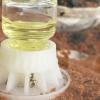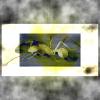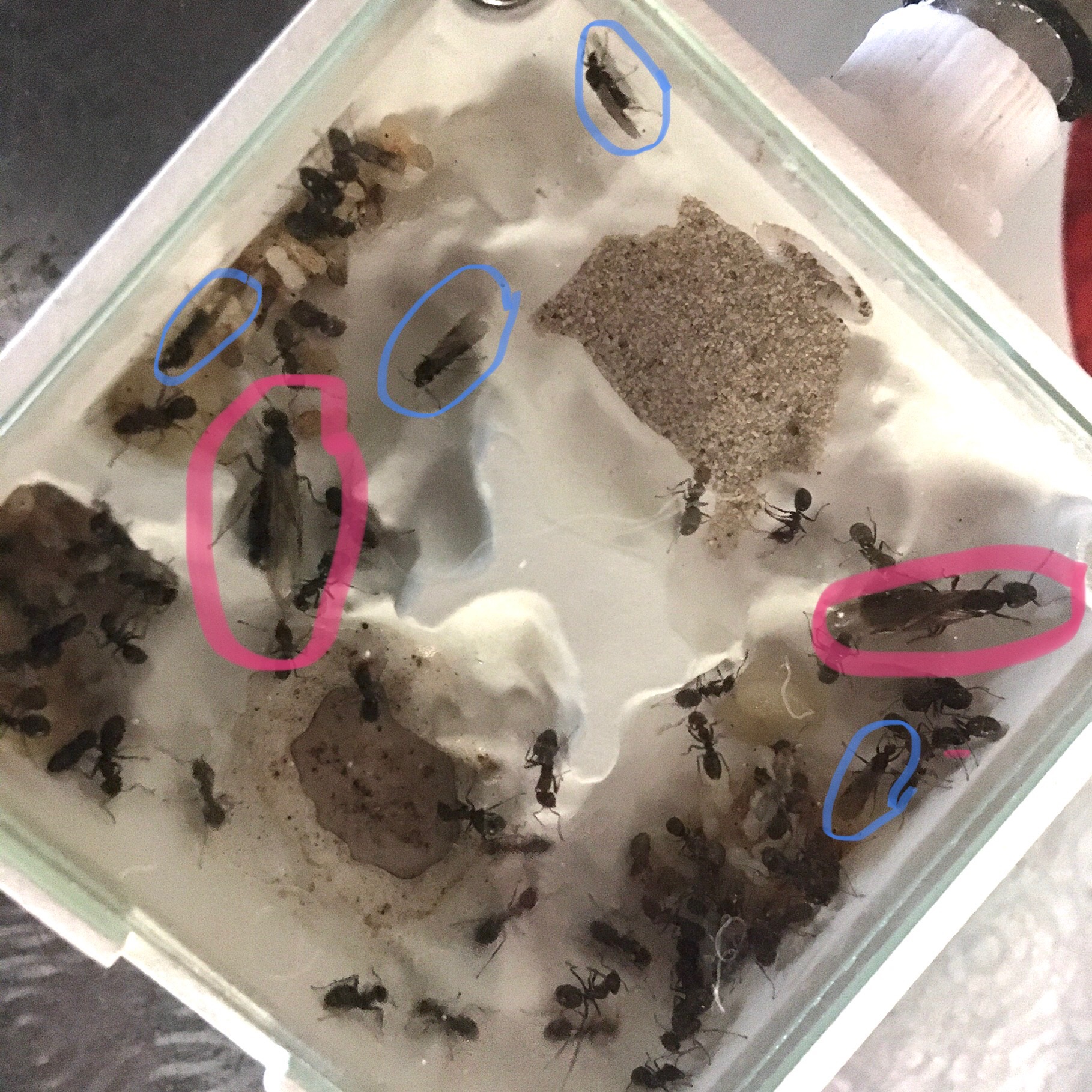Re: brood rescue: I had a Tetramorium colony and I dumped long-lost siblings and brood into their outworld, and ONE worker made it her mission to retrieve all the brood, one by one, and take them into the nest. (At least I think it was just one worker.) She was systematic and thorough and single-minded and didn't stop til all the brood were collected. So I'm not sure the larvae were making any particular distress signals, though perhaps they were as I had just rudely dumped them into the outworld after a lot of shaking them out of their old home.
Interesting about your ants' behavior. And the human behavior is pretty interesting too, like a slave-raider giant ant supplier, or an ant addictive substance pusher, or enabler. ![]() But seriously, fun journal!
But seriously, fun journal!
















